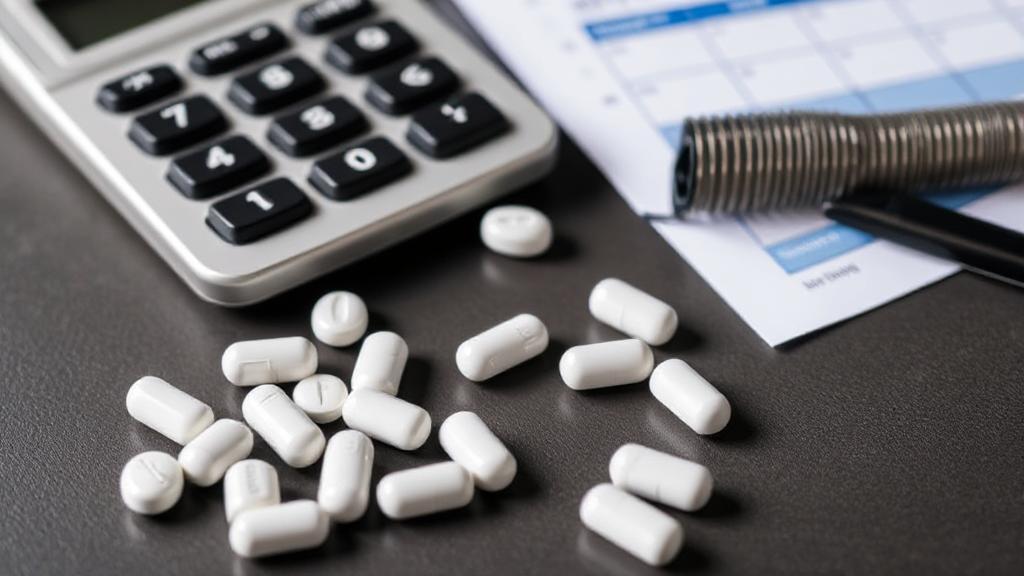Introduction
Farxiga (dapagliflozin) is a sodium-glucose co-transporter 2 (SGLT2) inhibitor primarily used to treat type 2 diabetes, heart failure, and chronic kidney disease. Understanding its costs is crucial for patients managing both their health and finances. The medication works by helping the kidneys remove glucose from the bloodstream through urine.
Base Price and Insurance Coverage
Without Insurance
The average retail price for a 30-day supply of Farxiga (5mg or 10mg tablets) typically ranges from $500 to $600, though prices can reach over $1,000 depending on:
- Geographic location
- Pharmacy choice
- Quantity purchased
- Current market conditions
Private Insurance
Most private insurance plans cover Farxiga, with typical copays ranging from $30 to $100 per month, depending on your specific plan and tier placement.
Medicare Part D
For Medicare beneficiaries, Farxiga is covered under most Part D plans with varying costs during different phases:
- Initial Coverage Phase: $20-45 copay
- Coverage Gap ("donut hole"): 25% of the drug's cost
- Catastrophic Coverage: 5% of the drug's cost
Cost-Saving Options
Manufacturer Savings Program
AstraZeneca, Farxiga's manufacturer, offers a savings card program that can significantly reduce out-of-pocket costs. Eligible commercially insured patients may pay as little as $0 per month. Visit the AstraZeneca patient assistance page for more information.
Patient Assistance Programs (PAPs)
Several organizations provide assistance for patients who cannot afford their medications:
- NeedyMeds
- RxAssist
- Partnership for Prescription Assistance
- State assistance programs
- Hospital-based programs
Tips for Managing Costs
- Compare pharmacy prices using online tools like GoodRx
- Review your insurance formulary annually
- Consider mail-order pharmacy options
- Utilize HSA/FSA accounts for pre-tax payment
- Purchase 90-day supplies when possible
- Ask your healthcare provider about samples
Additional Cost Considerations
Long-term Value
The long-term health benefits and potential reduction in complications may offset the medication's cost through decreased healthcare expenses over time.
Associated Costs
Remember to factor in:
Generic Alternatives
Currently, there is no generic version of Farxiga available. However, other SGLT2 inhibitors might be more affordable alternatives:
- Jardiance (empagliflozin)
- Invokana (canagliflozin)
- Steglatro (ertugliflozin)
Conclusion
Managing the monthly cost of Farxiga involves navigating insurance details, exploring financial assistance options, and making informed choices about where to purchase your medication. By taking advantage of available resources and regularly reviewing coverage options, patients can manage their medication costs more effectively while maintaining their treatment plan. For further information, visit the American Diabetes Association website.
